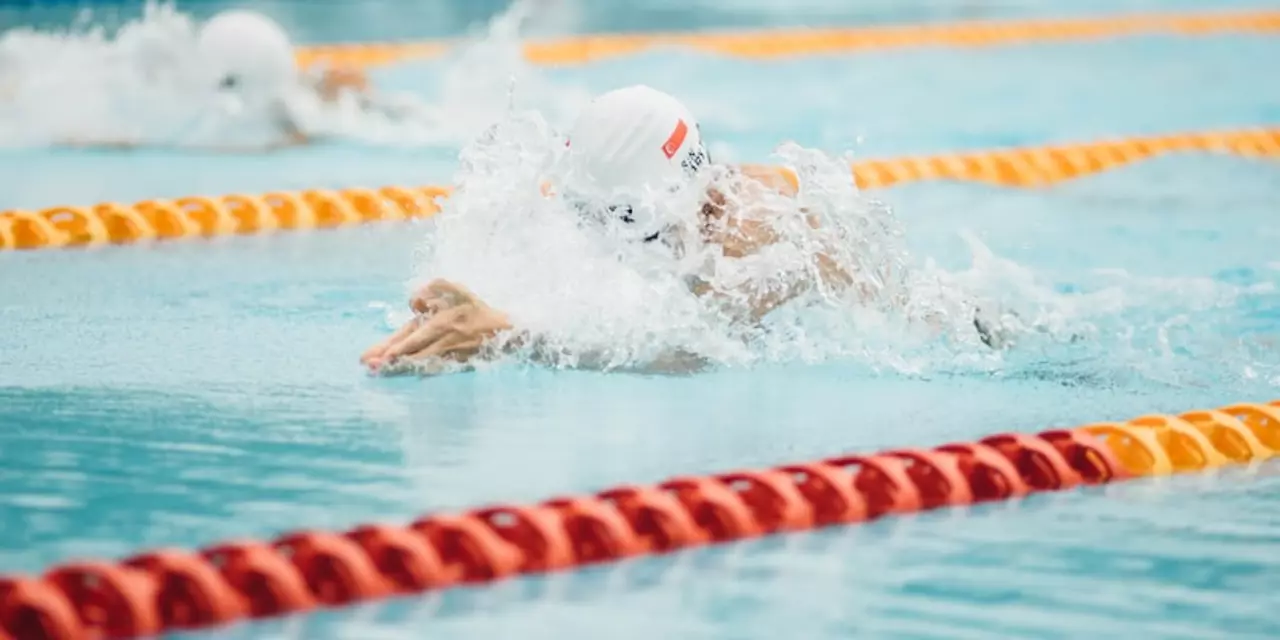Exercise Tips Every Swimmer Should Use
Did you know most open water swimmers skip land workouts that could shave minutes off their time? Adding a few simple exercises to your week can make your strokes smoother, your endurance longer, and your confidence higher when you hit the waves.
Why Land Exercise Matters
Swimming uses muscles you don’t think about on land – your core, hips, and shoulder stabilizers. When those groups stay weak, your form breaks down after a few hundred meters, and you waste energy. A solid land routine fixes that. It also builds the breathing control you need for long, cold swims.
Another big win is injury prevention. Repetitive shoulder motion can lead to rotator‑cuff pain. Strengthening the surrounding muscles and improving flexibility keeps your joints happy, so you can train more often without trips to the physio clinic.
Easy Workouts to Add to Your Routine
1. Core Circuit – 3 rounds
- Plank, 30 seconds
- Side plank each side, 20 seconds
- Russian twists, 15 reps
- Supermans, 12 reps
These moves hit the muscles that keep your body straight in the water. Do them after a short run or on a rest day.
2. Shoulder Stability – 2 sets
- Band pull‑apart, 15 reps
- External rotations with light dumbbell, 12 reps each arm
- Wall angels, 10 reps
Strong shoulders let you pull more water with each stroke and reduce the chance of shoulder strain.
3. Cardio Mix – 30 minutes
Alternate between easy jogging, cycling, or rowing. Keep the intensity moderate so you can hold a conversation. This builds the aerobic base you need for long open water races without over‑taxing your muscles.
4. Leg Power – 3 sets
- Body‑weight squats, 20 reps
- Lunges, 12 each leg
- Calf raises, 15 reps
Strong legs improve your kick and help you maintain a steady body position.
Fit these sessions into your weekly plan: two strength days, one cardio day, and keep at least one full rest day. On swim days, keep the focus on technique and distance; on non‑swim days, let the land work do the heavy lifting.
Remember to warm up before every session – five minutes of light cardio and dynamic stretches get blood flowing and reduce stiffness. After you finish, stretch the muscles you just used. Simple moves like a chest opener against a wall or a seated forward fold keep your range of motion wide.
Finally, track your progress. Write down the number of sets, reps, and how you felt that day. Over weeks you’ll see strength numbers rise and your swim times drop. The best part? You won’t need fancy equipment – a resistance band, a pair of dumbbells, and a mat are enough.
Mixing land exercise with your water training is a game changer. It makes you faster, steadier, and less prone to injury. Give these drills a try for a month and notice how your next open water swim feels smoother and more powerful.

Can I get fit just by swimming?
Swimming is an excellent way to get fit and stay healthy. It is a low-impact form of exercise that can provide a full-body workout, as well as many other benefits. Swimming can improve your cardiovascular fitness, strengthen and tone your muscles, and help you to lose weight. It is also a great way to relax and de-stress. With regular swimming and a healthy diet, you can see significant progress in your overall fitness and health.